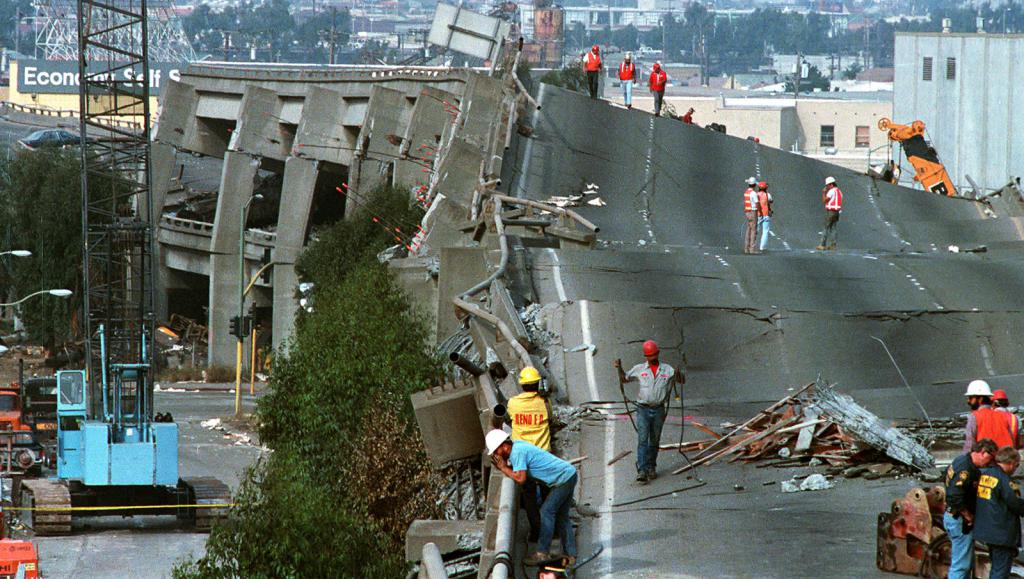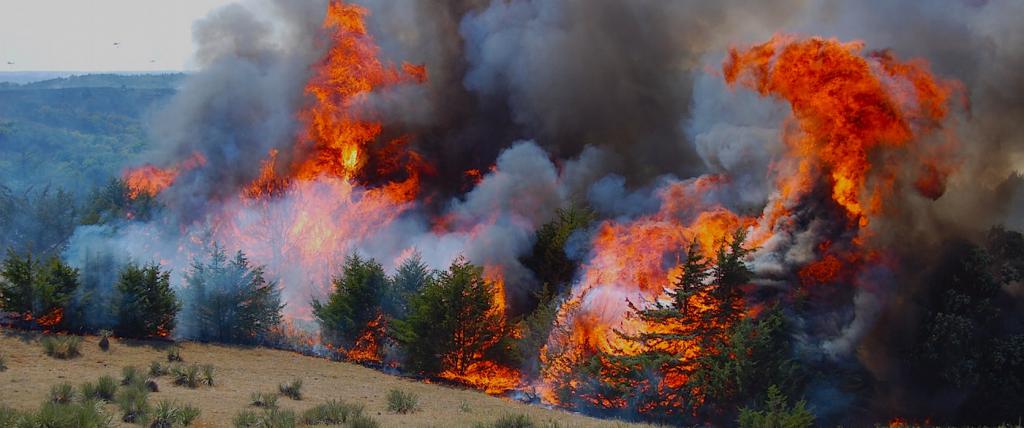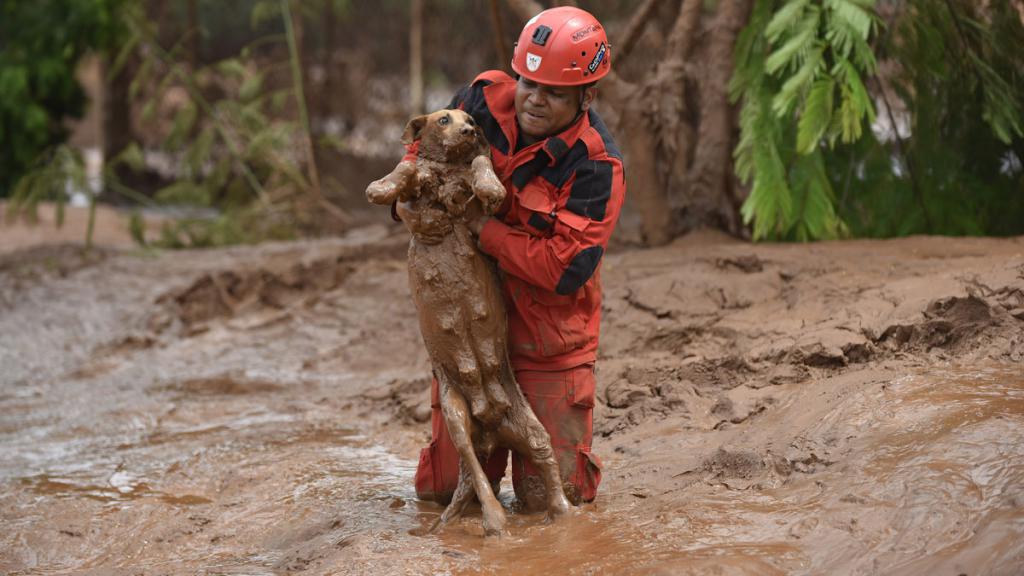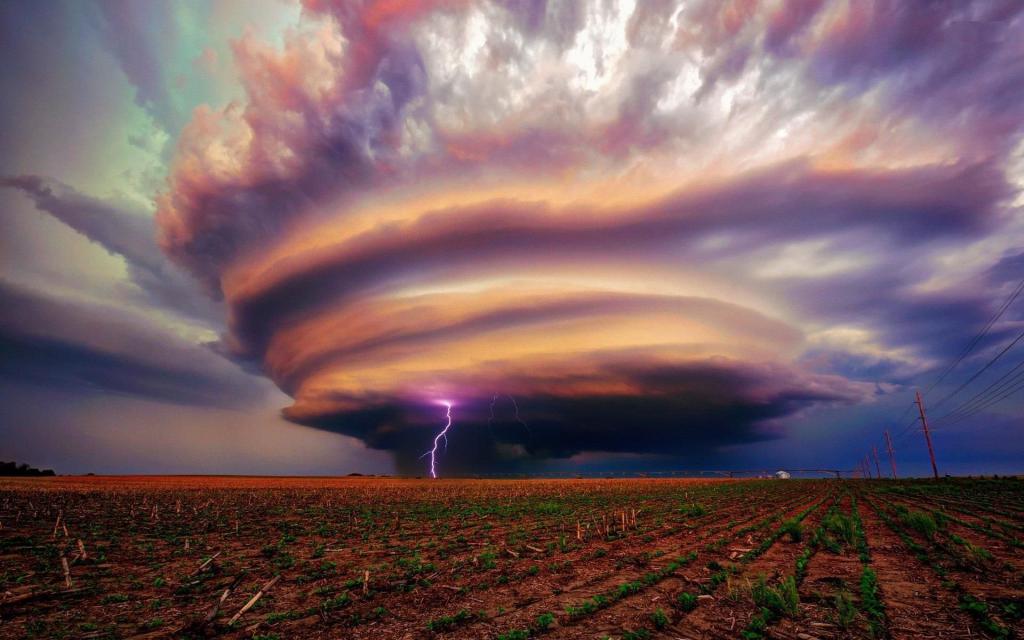It is impossible to prepare for trouble and grief one hundred percent, foresee everything, study everything, remain unshakable and absolutely cold-blooded. Human nature will take its toll anyway. In case of danger, you can be confused, fuss, forget, fall into a stupor.
Nevertheless, in our time, when cataclysms happen more and more often, with more intensity, more with more destructive force, and even where they cannot be by definition, it is necessary to know at least the most important thing. Know what this phenomenon is, what can be done to be saved, and how to recover after.
Natural disasters are extremely negative natural phenomena that occur under the influence of geophysics, geology, atmosphere, biosphere. This is a sudden violation of the way of life of a person, of the animal world with all kinds of destructions concerning literally all spheres of activity, this is trauma to a large number of people, and often death.
Such a disaster in itself is a possible cause of subsequent disasters and accidents. Secondary damaging factors also arise from natural disasters. Unfortunately, the person himself is often the cause of the elements. For example, fires in the forest, fires caused by the burning of peat, construction of dams, and the development of quarries are not without human intervention. And the consequences may be the most deplorable - the destruction of forests, landslides, avalanches, landslides and more.
Classification
The main types of natural disasters are considered:
- earthquake;
- fire;
- landslide, mudflow;
- hurricane, tornado, strong wind;
- snowfall, icing;
- flood;
- typhoon, cyclone.
All these destructive phenomena have their own characteristics, evaluation criteria and consequences.
Element in action

It is believed that the most dangerous disaster is an earthquake, which refers to geological natural phenomena. It carries with it a lot of victims, widespread destruction, irreversible consequences. The strength of an earthquake is measured using a seismometer, the intensity - on the Richter scale. Weak shocks are considered to be earthquakes from 3 and below points, and shocks with a strength of 7 and above are already earthquakes with destructive force.
On the map of our planet there are especially earthquake-prone areas:
- in Nepal it is Kathmandu;
- in Turkey - Istanbul;
- in India it's Delhi
- Quito in Ecuador;
- in the Philippines - Manila;
- in Pakistan it is especially dangerous in the territory of Islamabad;
- in Mexico it is Mexico City;
- in Indonesia, the seismic hazard of Jakarta.
Hurricanes along with earthquakes are also scary and dangerous. If the wind speed exceeds 30 meters per second - it is classified as a hurricane. The main areas affected by hurricanes are the tropics. As a rule, this disaster occurs where the water temperature is 26 degrees and above and the wind has an upward force. Cities like Tampa, Naples, Honolulu, Houston, Savannah, Charleston, and these are mainly the continental USA, Hawaii, are very prone to hurricanes.
The tsunami is a terrible sight. The height of the waves, equal to hundreds of meters, can sweep everything in its path. Such a disaster is the result of earthquakes or the revitalization of volcanoes.
Tornado and tornadoes. It is also quite a strong natural disaster that can bring irreparable consequences. The speed of some tornadoes can reach 480 kilometers per hour. This type of element is characterized by the shape of funnels.
Volcanic eruption is formed under the pressure of magma. Magma and ashes are pushed out onto the earth's surface. Everything located near the volcano is subject to destruction, flights are canceled, the atmosphere heats up.The entire eruption process can last several hours or several years.
The next phenomenon of the raging elements is fires. There are forest and peat, in mines and mines, buildings and structures. Fire is an extremely difficult situation that spreads instantly. Every year we hear about fires that have captured vast territories.

Consequences of the elements
The consequences of natural disasters are almost always very serious. About 40% of the total negative impact of various natural disasters is due to floods. 20% of the damage is hurricanes. Droughts and earthquakes account for 15% and 10% each - these are all other disasters.
Natural disasters are tragedies at the state level. The economy is experiencing negative consequences, because it damages factories. Many material values are damaged or destroyed.
Negative natural phenomena entail an environmental disaster. This is soil degradation, and changes in the air environment, and air pollution.
But nothing can compare with the death or illness of people as a result of natural disasters. Woe, infection, helplessness, prolonged rehabilitation. There are a lot of victims with various kinds of lesions.
Forewarned is forearmed

Every year, a huge number of people are affected by natural disasters.
In the event that protective measures are applied in advance, correctly predicted, the chances of survival, the avoidance of more terrible consequences are significantly increased.
Authorities must conduct clear and systematic work to alert the public of imminent danger. The joint activity of residents of a particular region with the Ministry of Emergencies significantly reduces the risk of losses.
Each person, to one degree or another, should be ready to act in extreme situations, be able to provide basic first aid to the victims.
